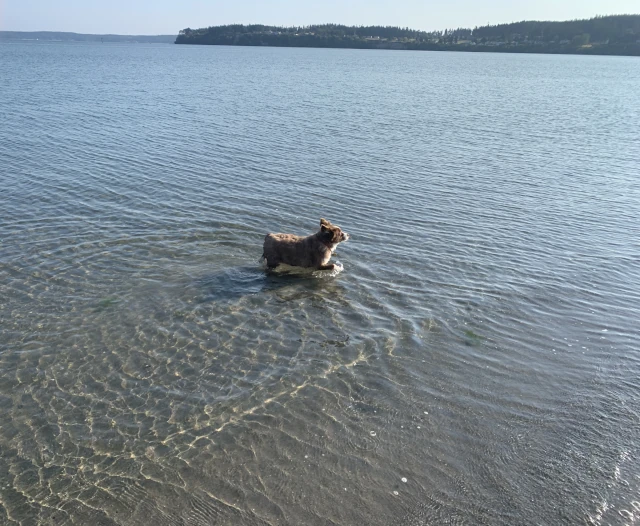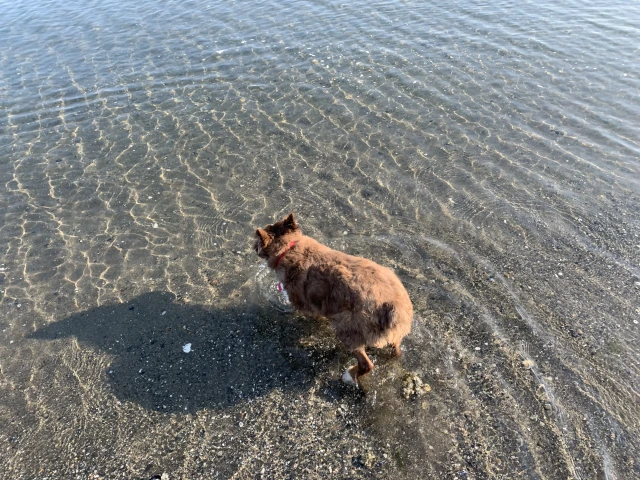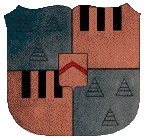Covid-19 Travel
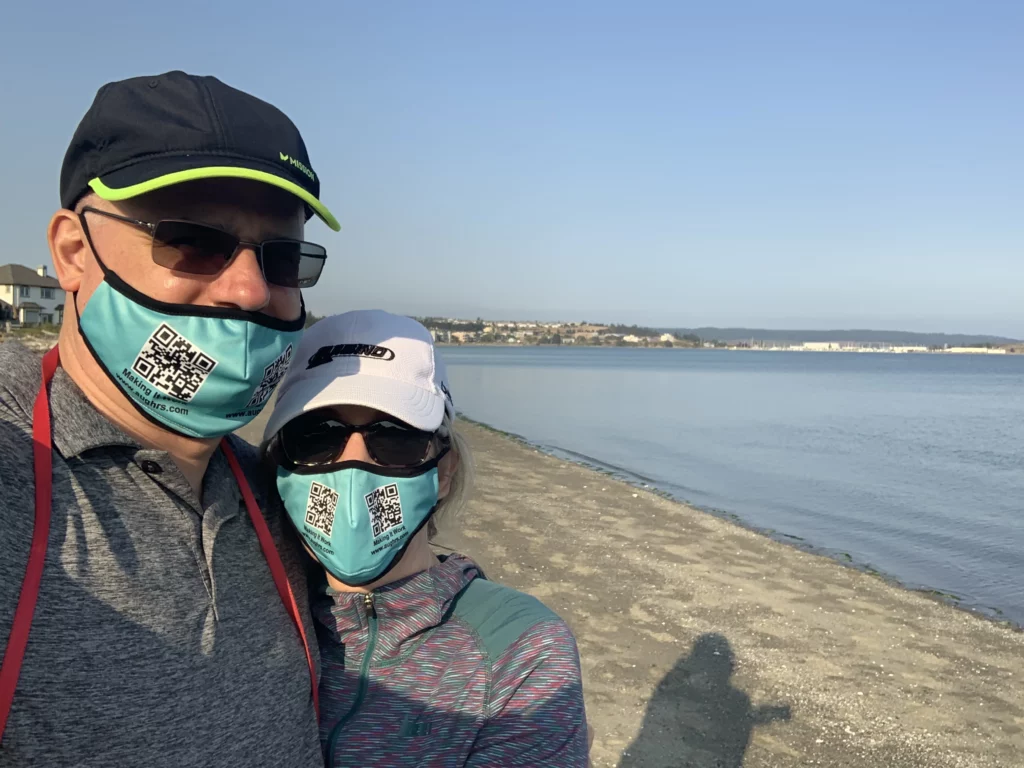
Travelling during the COVID-19 pandemic can be challenging and stressful. It is essential to follow the guidance of local health authorities and airlines to ensure a safe and healthy trip. Before planning any trip, it is advisable to check the travel restrictions and quarantine rules in the destination country.
Taking precautions, such as wearing masks, practising social distancing, and frequent hand washing, is also essential. It is also advisable to carry sanitiser and disinfectant wipes.
Choosing direct flights and avoiding layovers as much as possible is advisable to minimise exposure to potential risks. Travellers should also be prepared for unexpected changes, such as flight cancellations or sudden lockdowns.
The decision to travel during the COVID-19 epidemic should be made carefully, considering the risks and benefits involved. It is crucial to prioritise the health and safety of oneself and others.
Deception Pass
Deception Pass is a narrow strait that connects the Strait of Juan de Fuca to the north with Skagit Bay to the south in Washington, United States. The pass is located at the northern end of Whidbey Island, and it is a popular destination for outdoor recreation such as hiking, camping, fishing, boating, and sightseeing.
The name “Deception Pass” comes from the early navigators deceived by the pass’s treacherous waters and currents. The strong tidal currents, whirlpools, and rocky cliffs have caused many shipwrecks, making the area a notorious hazard for navigation.
Today, Deception Pass is a state park that covers more than 1660 hectares of land and water, offering visitors a range of activities to enjoy. The park features scenic hiking trails, picnic areas, beach access, fishing, boating, and camping facilities. The park’s highlight is the Deception Pass Bridge, a 55-meter-high steel bridge that spans the pass and offers spectacular views of the surrounding scenery.
Overall, Deception Pass is a must-visit destination for nature lovers and outdoor enthusiasts, as it provides an unforgettable experience of the natural beauty of the Pacific Northwest.
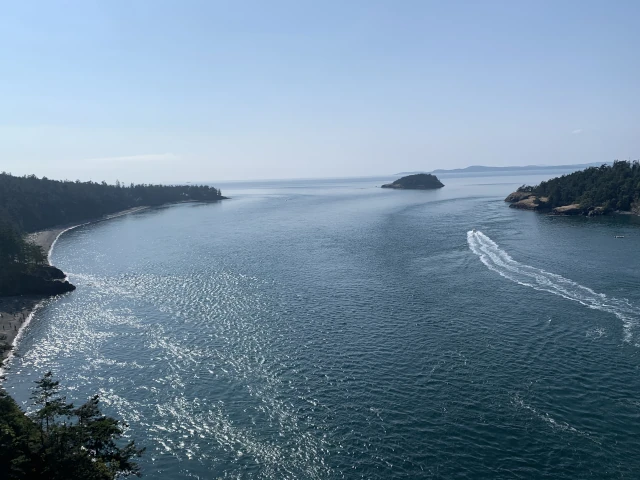

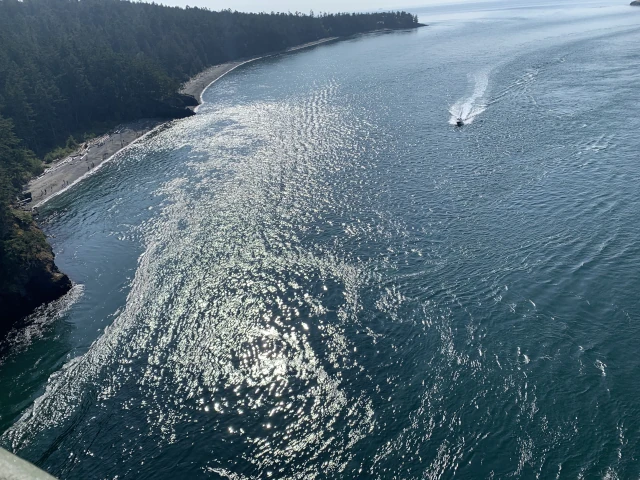
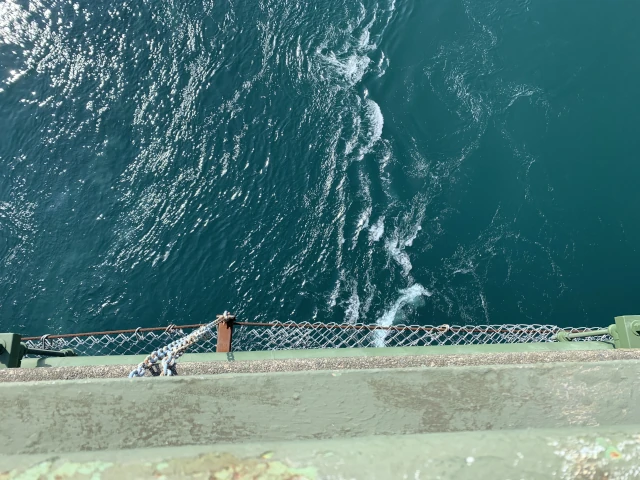
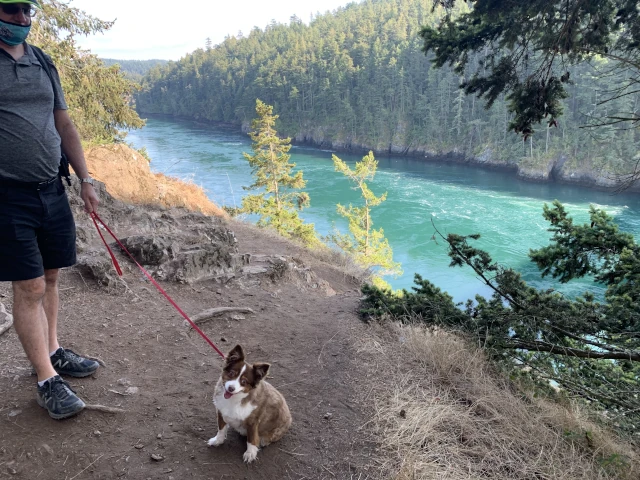
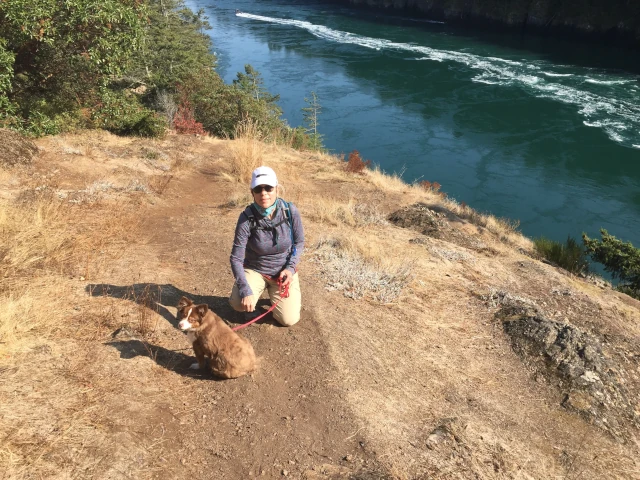
Historic 1905 Wharf
The Historic 1905 Wharf in Washington State is a historical landmark located in the city of Seattle. The wharf was constructed in 1905 by the Great Northern Railway to serve as a cargo and passenger terminal for the railway’s steamships that sailed between Seattle and Alaska.
At the time of its construction, the wharf was the largest concrete structure on the West Coast of the United States. The wharf was designed by architect Warren H. Milner and engineer James W. Dawson, and its construction was overseen by the prominent civil engineer James Christie.
The wharf was initially used to transport goods and passengers between Seattle and Alaska. Still, it was also used as a site for various other activities, including fishing, shipping, and lumber milling. During the World War II era, the wharf was used by the United States Navy as a loading and unloading station for ships and submarines.
The wharf was closed in 1961 and eventually fell into disrepair. However, in the 1990s, the Port of Seattle purchased and restored the property to its former glory. Today, the Historic 1905 Wharf is a popular tourist destination, attracting visitors from all over the world who are interested in its history and architecture.
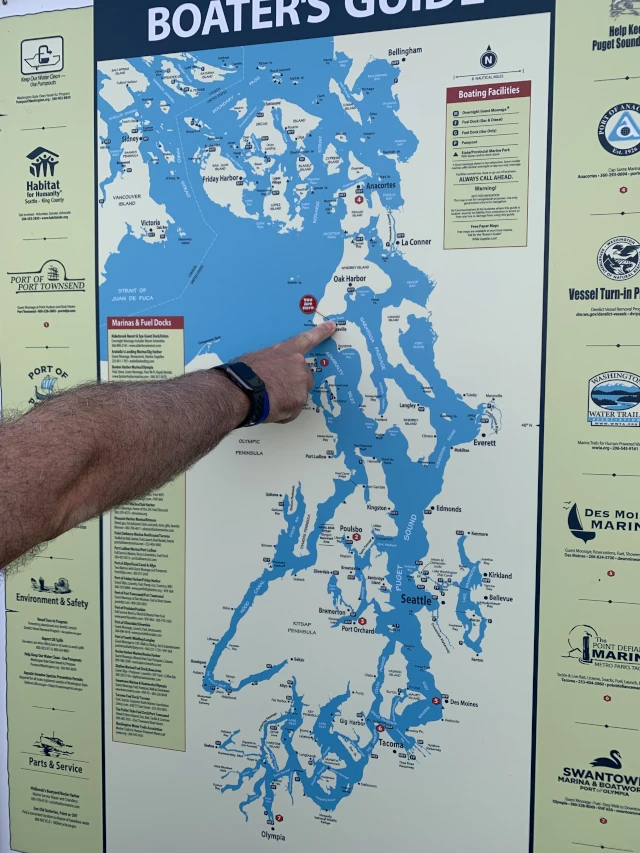

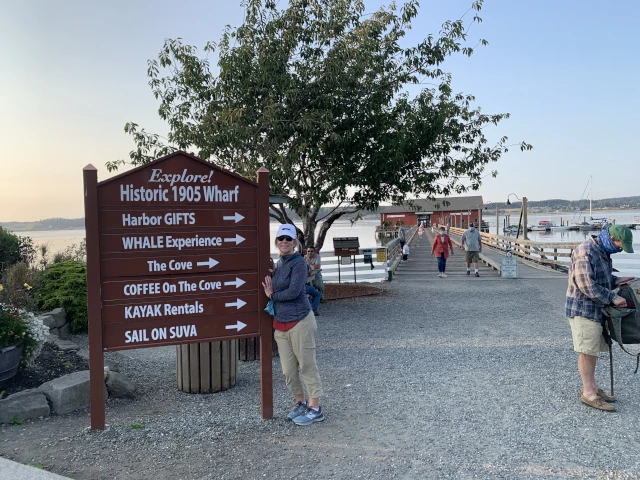


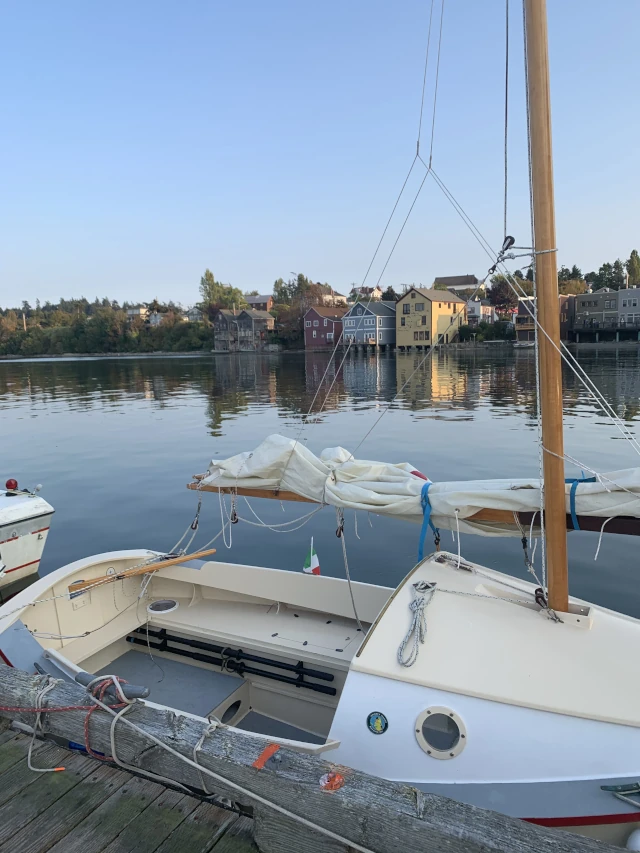

Tired After A Great Day Of Travel
It is common for dogs to feel tired after travel, especially if it is a long journey. Like humans, dogs can experience motion sickness, anxiety, and discomfort during travel. The stress of being in a new environment and experiencing new smells and sounds can also cause fatigue. It is essential to provide your furry friend with enough rest and hydration after travel to ensure they have a comfortable and familiar place to relax.
